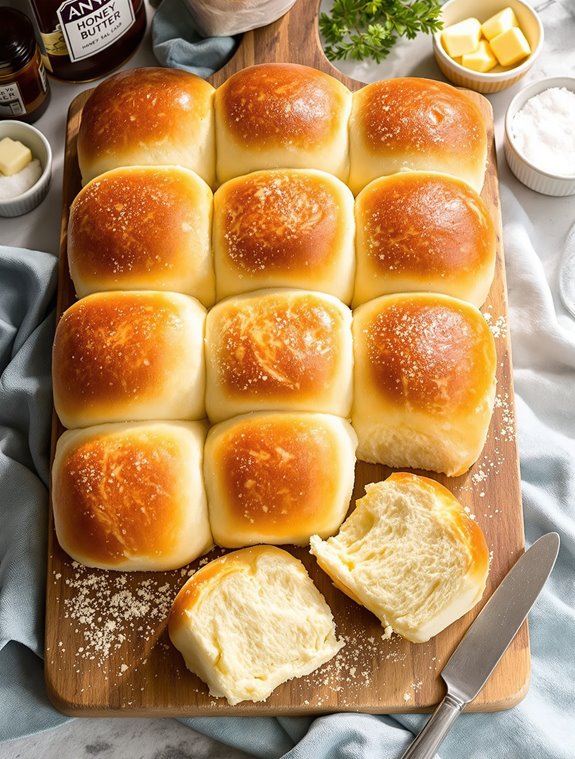Ingredients
Equipment
Method
- Place milk in a mixing bowl and sprinkle the yeast over it. Let sit for 4-5 minutes until the yeast dissolves.
- In a microwave-safe container, combine pineapple juice and butter. Heat for about 1 minute until butter melts completely. Ensure the mixture isn't hotter than 125°F (comfortable bathwater temperature).
- Add the beaten egg to the mixing bowl with the milk and yeast. Pour in the warm pineapple juice-butter mixture, along with sugar and salt.
- Incorporate the bread flour one cup at a time, mixing well after each addition. If the dough feels sticky, add flour one tablespoon at a time until it reaches a slightly tacky consistency.
- If using a stand mixer, let the dough hook work for about 10 minutes to develop the gluten structure. If kneading by hand, turn the dough onto a lightly floured surface and knead until smooth and elastic.
- Place the dough in a greased bowl, cover, and let rise in a warm place until doubled in size, about 1 hour.
- Punch down the dough and divide into 12 equal portions. Shape each portion into a ball and place in a greased baking dish.
- Cover and let rise again until doubled, about 30 minutes. Meanwhile, preheat oven to 350°F.
- Bake for 20-25 minutes or until golden brown on top. Brush with melted butter if desired.
Nutrition
Notes
Bread flour is essential for achieving the right structure in these rolls, so try to avoid substituting with all-purpose flour if possible. For dairy-free versions, coconut milk works beautifully in place of regular milk, and the tropical undertones complement the rolls nicely.
These rolls are versatile - perfect for sliders, alongside soups and stews, or even as mini breakfast sandwiches. Store in an airtight container for up to 3 days, or freeze for longer storage.
If you're in a humid climate, you might need to adjust your flour slightly, adding a tablespoon at a time until the dough reaches that perfect consistency.
